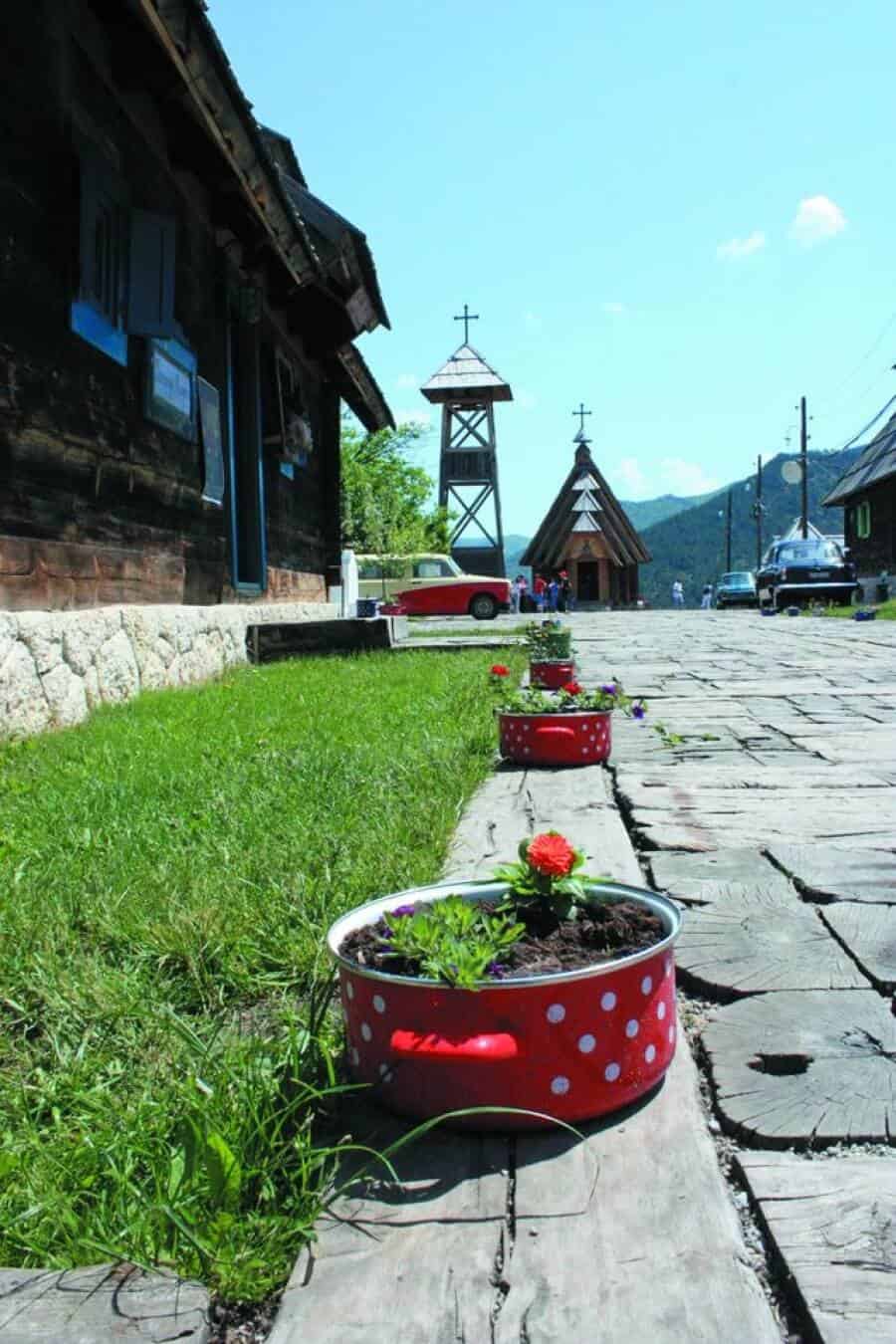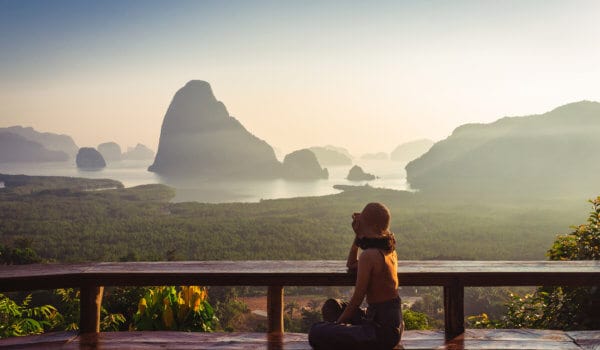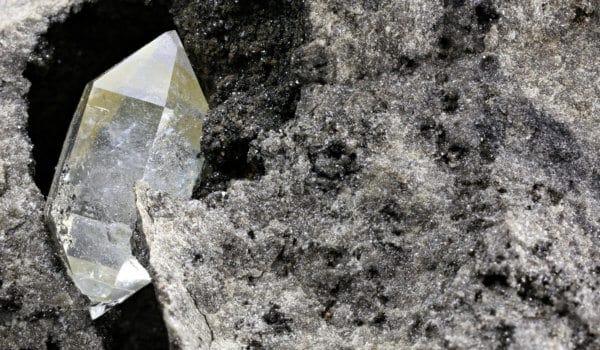In the most southern part of Serbia, on the slopes of the Radan Mountain, there is an awe-inspiring place called “Davolja Varos.” In English it means the “Devil's Town”.
It is actually a nature park with neat paths leading to unusual stone pillars. The legend says, that in earlier times, the locals could not explain the occurrence of these figures, so they came up with various stories. The most famous one was about two guests who fell in love with a bride at a wedding and got into a fight.
Other guests joined the conflict. The frightened bride asked God for help, who, in return, turned everyone into rocks.” It is also said that these pillars are the remains of churches destroyed by the devil. At night, when unobtrusive lighting illuminates these statues, they do look mystical. The park was included in the competition for one of the seven new natural wonders of the world.
On the border of Serbia and Bosnia, the tiny village of Mokra Gora draws tourists from many countries. This is caused by the fact that a narrow-gauge railroad, called “Sharganskaya osmitsa” (eight), crosses the village.
Its shape really resembles the number “8.” In two hours and ten minutes, the wooden retro train slowly passes through twenty-two tunnels and over five bridges skirting mountain slopes along its path. Someone joked that it would be faster to walk this 15.5 km. I personally think that the train journey is a great opportunity to rest.
Apparently, Emir Kusturica had a similar desire. Serbia’s best-known film-maker and director has built himself a private village, called Drvengrad (or Kuestendorf). It can be seen when traveling by train, as well as in the famous film called Life Is a Miracle.
This mini-city was built in 2002 as a stage set. The original plan was to erect the stage set on a nearby hill, but persistent rainfall flooded the site. Miraculously, the location of present-day Kuestendorf was always sunny. When the film was complete, Emir decided to leave the stage set standing and became the owner of his own village.
It has been a long time since I have been in such a charming and unusual place! You can see that it was built with a lot of care. All the houses are made of wood. The buildings were literally assembled from boards brought from the mountain regions of Zlatibor, Wet Mountains, and Bosnia, giving them a new life.
The house’s interiors were decorated by a local artist who created paintings inspired by Serbian folklore. Incidentally, Kusturica lives in the village too. Overall, this is a very attractive place.
Dzherdap National Park, opposite Drvengrad on the eastern side of Serbia, is even nicer. Dzerdap stretches for a hundred kilometers along the west bank of the Danube River. Romania is on the opposite shore and, therefore, the European Union is as well. Moving from the north to the south, the view gets steadily more impressive as the cliffs along the banks rise over 600 meters above the water.
Golubatskaya Fortress was the first thing we met on our way. It dates from the 14th century and watches over the Danube, which rapidly flows by on its way to the Black Sea. The road passes through the castle, cutting through several medieval walls.
More amazing stories about Serbia can be found here.
Support us!
All your donations will be used to pay the magazine’s journalists and to support the ongoing costs of maintaining the site.
Share this post
Interested in co-operating with us?
We are open to co-operation from writers and businesses alike. You can reach us on our email at [email protected]/[email protected] and we will get back to you as quick as we can.









